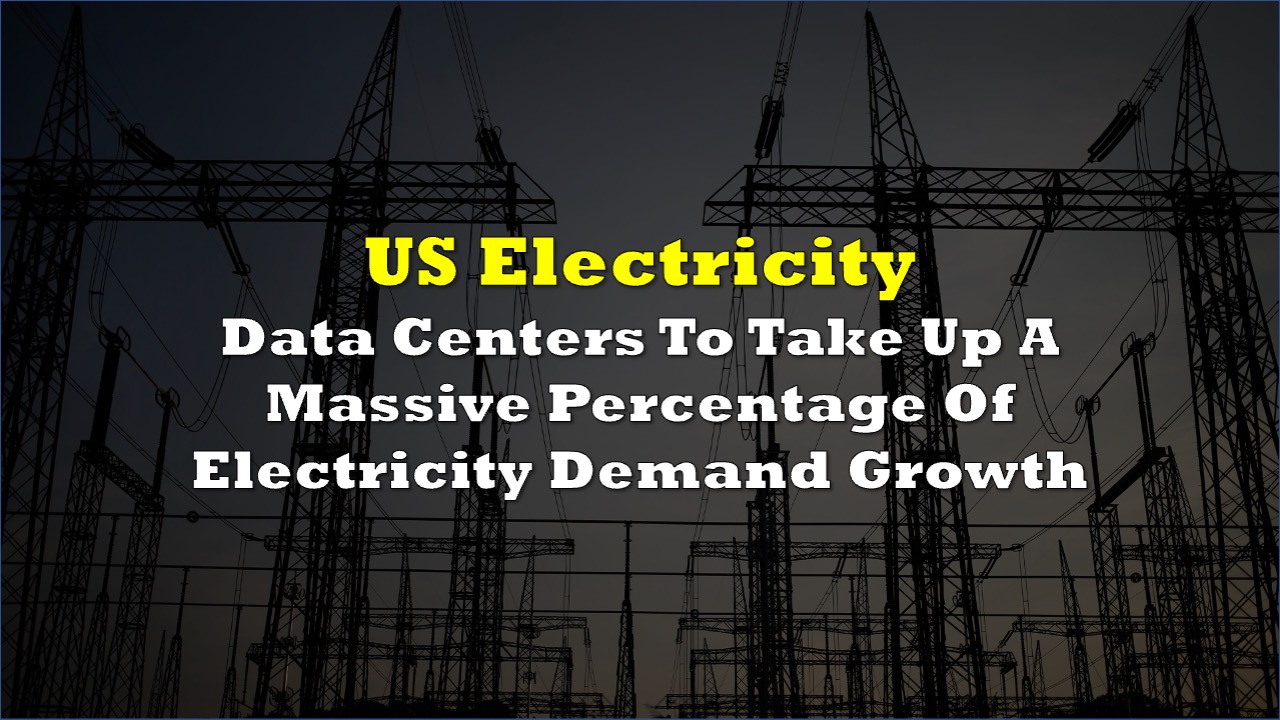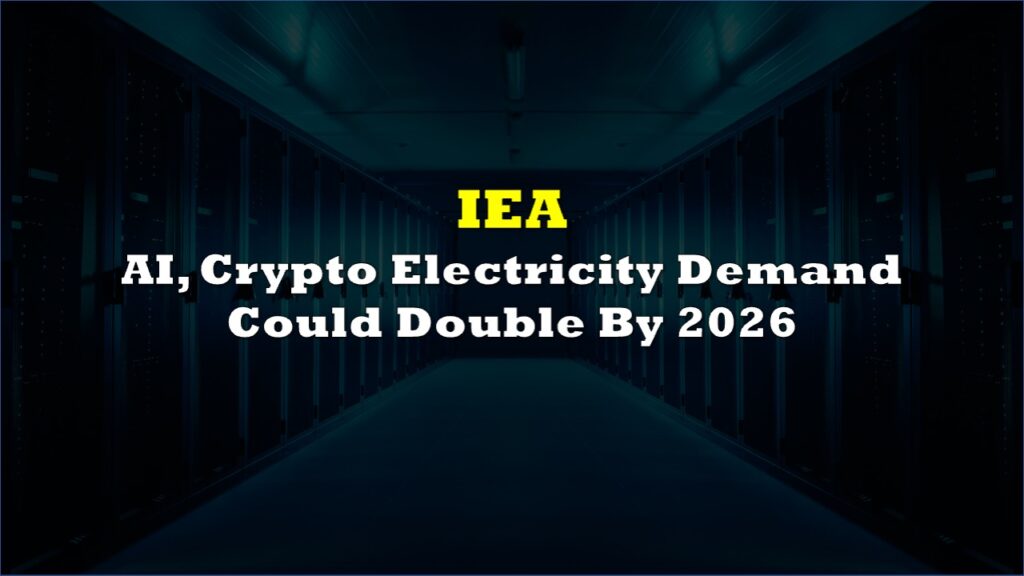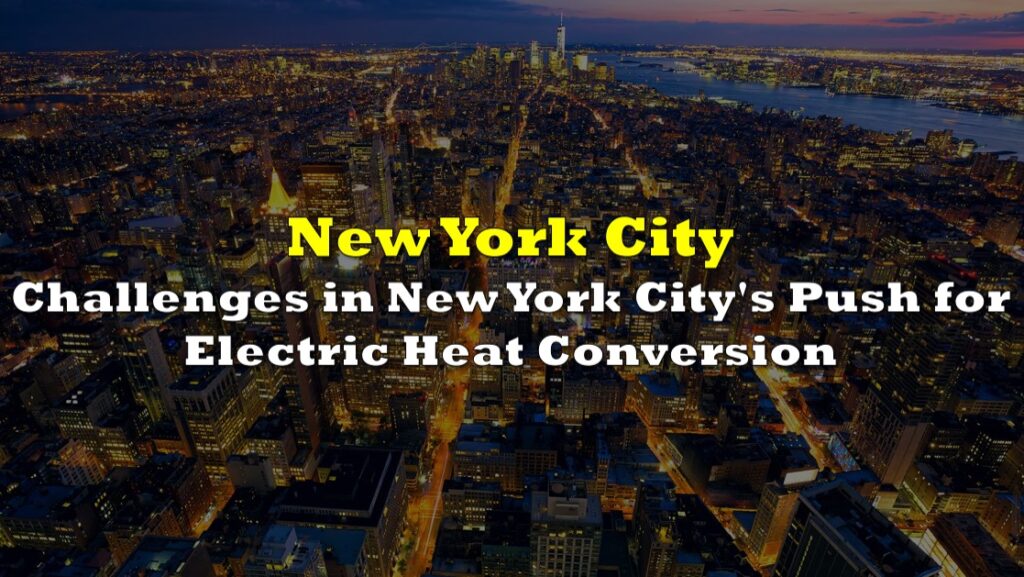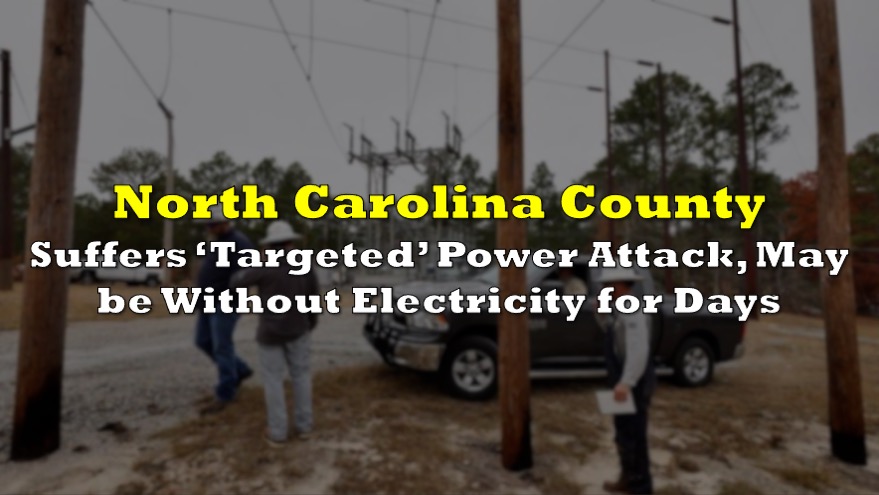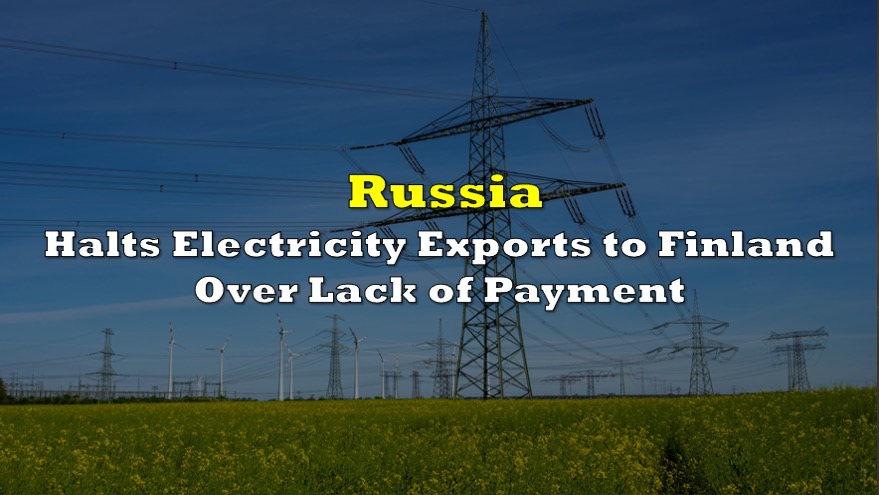Power companies across the United States are facing an unexpected jolt — after two decades of relatively flat electricity demand, utilities are now rapidly revising their forecasts upward to account for a projected surge in consumption over the next five years. The rapidly rising need for more electricity risks straining aging power grids and disrupting the nation’s plans to transition from fossil fuels to renewable energy.
The causes are multi-faceted, according to a recent report by Grid Strategies. A frenzied expansion of data centers to support remote work, video streaming and artificial intelligence is a major factor. In Northern Virginia alone, at least 75 new data centers opened since 2019.
According to the Boston Consulting Group (BCG), data centers currently represent 2.5% of U.S. electricity consumption. [At higher end of estimates], data centers could move to 7.5% of all electricity. >60% of DCs in MISO, CAISO, PJM, & Southeast. pic.twitter.com/r8f5LHXK5E
— Shanu Mathew (@ShanuMathew93) March 18, 2024
The rise of electric vehicles and residential electrification like heat pumps is also playing a role, aided by federal incentives. At the same time, record heat from climate change is driving up air conditioning usage.
Perhaps most surprising is the abrupt resurgence in electricity-hungry manufacturing. New federal incentives have fueled over $525 billion in planned investment into factories for industries like semiconductors, batteries and solar panels since 2021. In Georgia, major electric vehicle manufacturing hubs are a key contributor to the utility now forecasting 16 times more demand growth this decade compared to just two years ago.
Overall, US utilities have nearly doubled forecasts for additional power needed by 2028. Grid operator PJM, covering 13 states, now expects demand equal to adding another New York City within just seven years.
Swelling electricity needs pose a challenge to the nation’s climate goals. Utilities are proposing dozens of new natural gas power plants over the next 15 years, likely locking in emissions for decades. Some are even postponing the retirement of coal plants. This contradicts President Biden’s pledge for a zero-emissions power sector by 2035.
While many utilities cite the need to balance intermittent renewables, critics argue they are defaulting to gas plants due to business incentives rather than fully pursuing alternatives like efficiency, storage, transmission and renewable integration. With summer peak demand projected to grow 38,000 megawatts in just five years, the North American Electric Reliability Corporation (NERC) warns large regions could face blackout risks without timely new supply.
As regulators evaluate utilities’ plans in the coming months, environmentalists aim to challenge demand forecasts and ensure all options beyond gas plants are fully explored. Pressure from corporations pledging clean energy commitments could also shape outcomes. However, meeting the surge in electricity needs without locking in more fossil fuels will be an immense challenge.
Information for this story was found via the sources and companies mentioned. The author has no securities or affiliations related to the organizations discussed. Not a recommendation to buy or sell. Always do additional research and consult a professional before purchasing a security. The author holds no licenses.

